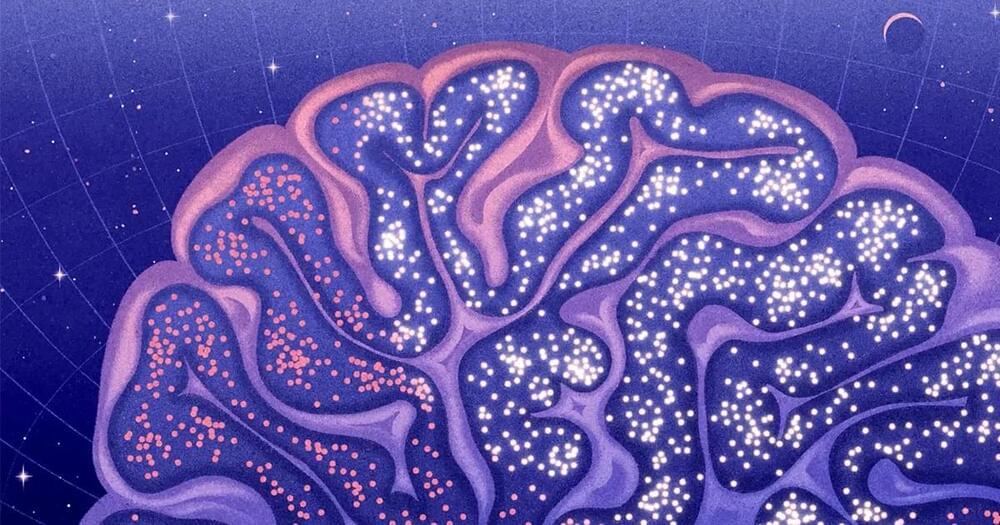Early critiques pointed out that proving a network was near the critical point required improved statistical tests. The field responded constructively, and this type of objection is rarely heard these days. More recently, some work has shown that what was previously considered a signature of criticality might also be the result of random processes. Researchers are still investigating that possibility, but many of them have already proposed new criteria for distinguishing between the apparent criticality of random noise and the true criticality of collective interactions among neurons.
Meanwhile, over the past 20 years, research in this area has steadily become more visible. The breadth of methods being used to assess it has also grown. The biggest questions now focus on how operating near the critical point affects cognition, and how external inputs can drive a network to move around the critical point. Ideas about criticality have also begun to spread beyond neuroscience. Citing some of the original papers on criticality in living neural networks, engineers have shown that self-organized networks of atomic switches can be made to operate near the critical point so that they compute many functions optimally. The deep learning community has also begun to study whether operating near the critical point improves artificial neural networks.
The critical brain hypothesis may yet prove to be wrong, or incomplete, although current evidence does support it. Either way, the understanding it provides is generating an avalanche of questions and answers that tell us much more about the brain — and computing generally — than we knew before.
